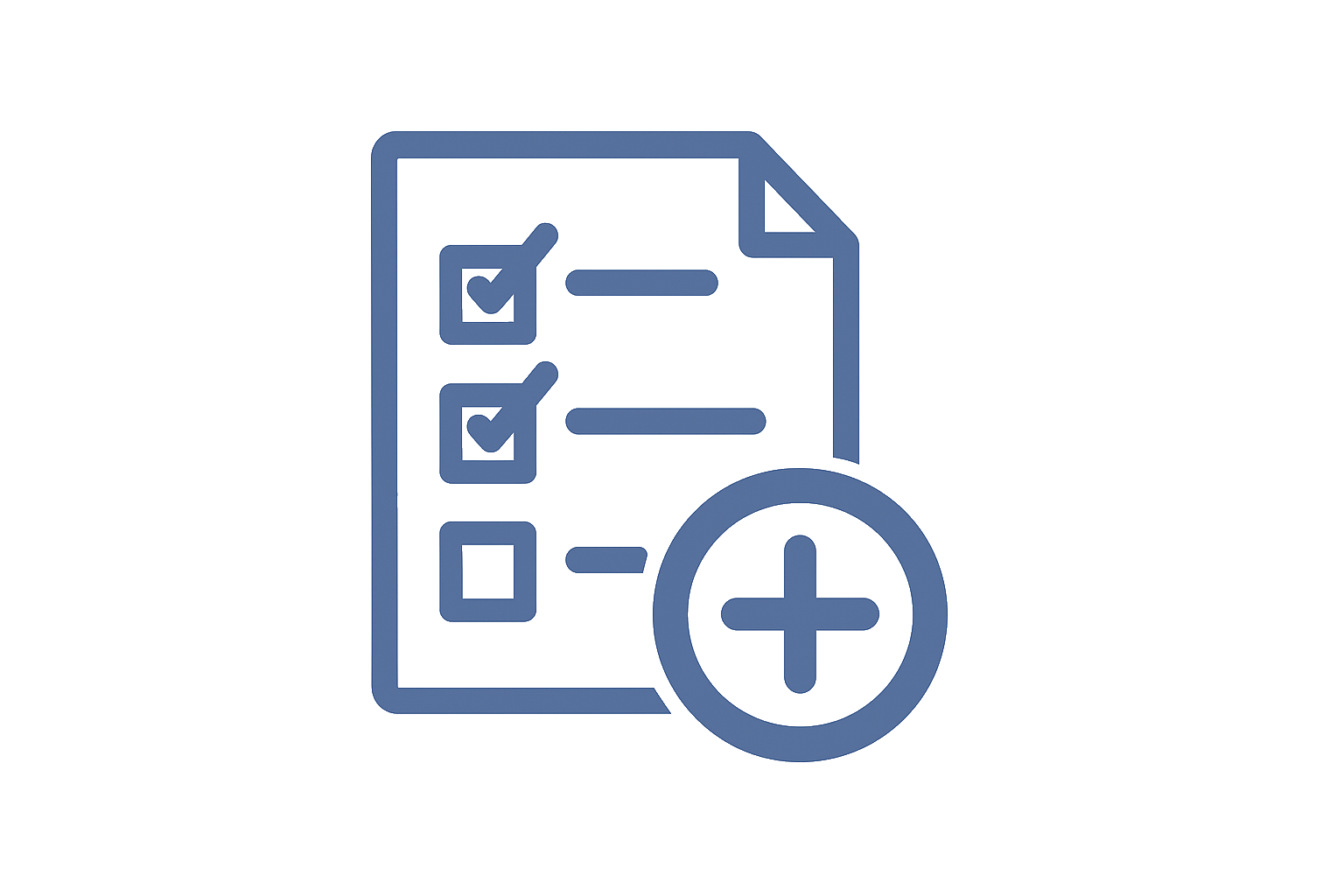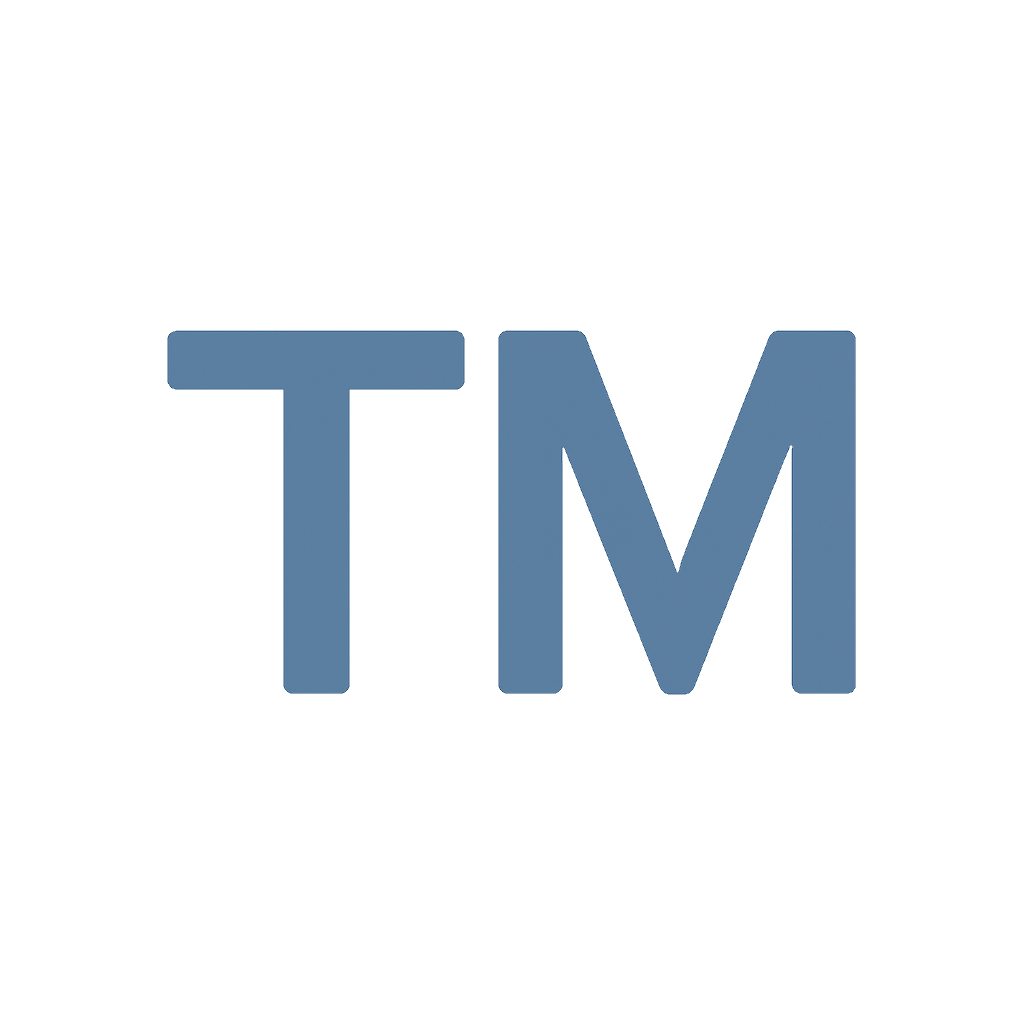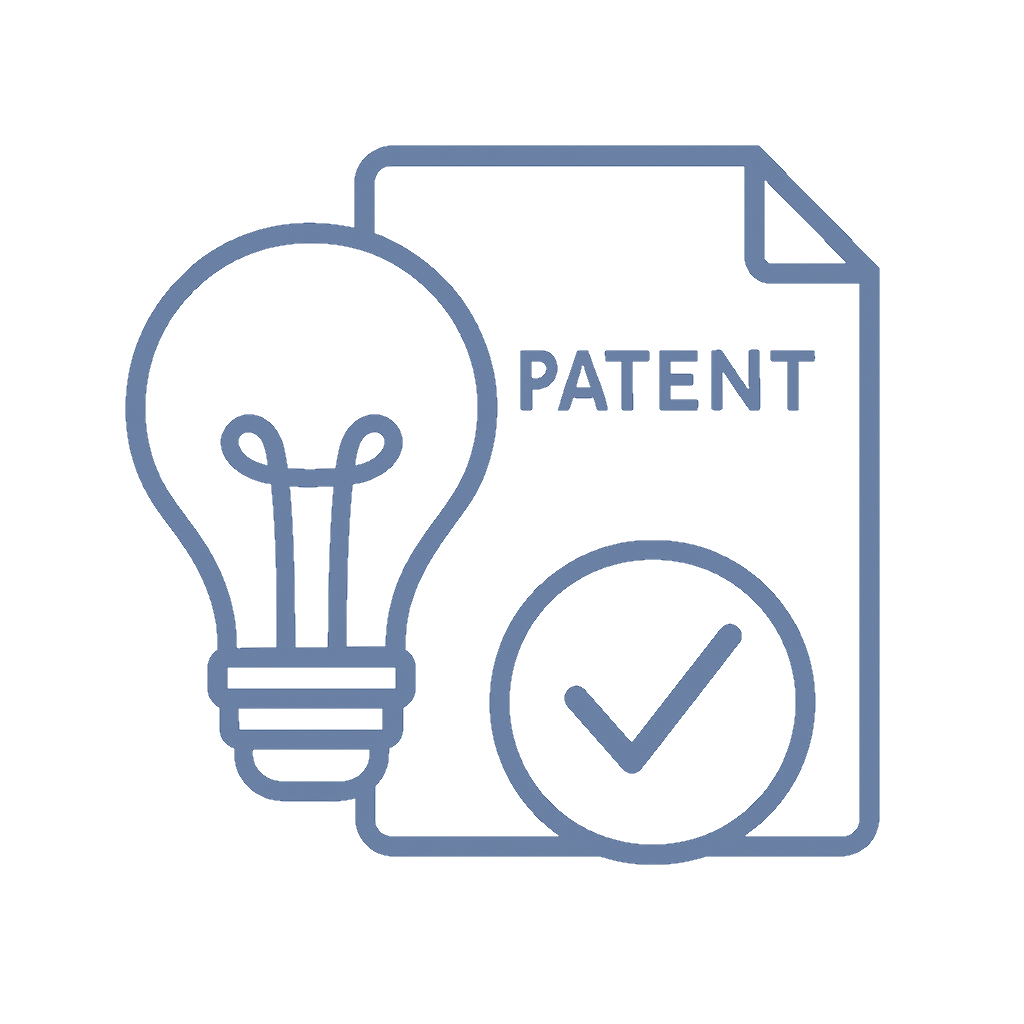📌 Quick Summary
1-Sentence Answer
Once a trademark application is filed, you cannot add more classes or broaden the goods/services description, but you may amend within limits or file a new application for new classes or goods/services.
The Article Overview
This article explores what can and cannot be amended in a trademark application, why classes are locked, and when filing a new application is necessary. It includes FAQs, a step-by-step guide, historical context, real-world examples, expert insights, legal cases, and strategies for business owners.
❓ Common Questions & Answers
Q1: Can I add a class after filing my trademark application?
No. Once filed, you cannot add additional classes. To cover more classes, you must file a new application.
Q2: Can I expand my goods and services description later?
No. You cannot expand, but you may clarify or limit descriptions. New goods/services require a new filing.
Q3: What if I made a mistake in my trademark application?
Minor amendments are allowed. For major changes, including new classes or goods, you must file a new application.
Q4: Why are USPTO rules so strict about this?
Because applications are published for public notice, allowing major changes would undermine fairness and legal certainty.
Q5: What if I want to sell something new later under my brand?
You need to file a new trademark application covering either the additional class or the new goods/services within the same class.

📜 Step-by-Step Guide
-
Identify Your Goods/Services – Pinpoint what you currently sell or plan to sell under the trademark.
-
Match to Trademark Classes – Review the USPTO’s Acceptable Identification of Goods and Services Manual for correct classes.
-
File Carefully – Submit the application, knowing classes and descriptions are mostly locked after filing.
-
Amend if Minor – You may clarify or limit wording but cannot add new classes or expand to new goods.
-
File New Applications – For additional classes or goods/services, submit a new filing.
📖 Historical Context
Trademark law under the Lanham Act of 1946 emphasizes certainty and public notice. Applications disclose exactly what is being claimed. Competitors rely on these filings to evaluate risk. If applicants could expand coverage after filing, it would erode this reliability.
The USPTO permits limited amendments—clarifications or restrictions to goods/services descriptions—but does not allow broadening. For anything beyond the scope of the original application, a new filing is required. This ensures that when an application is published, the public knows the precise scope of rights being sought.
Internationally, under the Nice Classification System and Madrid Protocol, similar rules apply: amendments can narrow or clarify but cannot expand. Businesses must often file fresh applications abroad when they broaden their product lines.
🏢 Business Competition Examples
-
Apple Inc. – Files multiple applications across separate classes (electronics, software, accessories). Each expansion involves a new filing.
-
Nike – Uses new applications to protect brand extensions in apparel, footwear, and digital goods.
-
Starbucks – Registers separate filings for coffee, mugs, packaged goods, and entertainment services.
-
Amazon – Expands protection through new class-specific filings whenever it enters new markets.

💬 Discussion Section
Trademark rigidity may seem burdensome, but it creates marketplace predictability. While you cannot tack on new classes or goods/services after filing, you can make minor amendments to clarify or limit descriptions. This preserves fairness and ensures competitors know the exact scope of claims.
For growth, the practical solution is filing new applications. Businesses like Nike, Amazon, and Starbucks build robust brand protection through multiple filings. Entrepreneurs should anticipate expansion, but if opportunities arise later, fresh applications are the lawful path forward.
Attorneys advise planning for 3–5 years ahead. If expansion is likely, file proactively. Still, the USPTO requires actual or intended use—over-filing may waste resources and invite challenges. Strategic, staged filings ensure flexibility without breaking USPTO rules.
International filings mirror this system. The Madrid Protocol does not allow expanding beyond what was originally filed. Global businesses often file new applications country by country to cover new classes or goods.
⚖️ The Debate
Viewpoint 1: Strict Rules Are Necessary
Locking in classes and descriptions prevents opportunistic expansions. Competitors deserve certainty and clarity about the scope of trademark claims.
Viewpoint 2: Some Flexibility Helps Businesses
Allowing limited expansions could reduce costs for startups. Filing new applications each time can be burdensome. A hybrid system could balance fairness and efficiency.
✅ Key Takeaways
-
No adding new classes or broadening descriptions after filing.
-
Minor amendments (clarifications, limitations) are allowed.
-
New goods/services or classes require a new application.
-
Filing strategy should anticipate business growth.
⚠️ Potential Business Hazards
-
Under-Filing – Missing future classes leaves brand gaps.
-
Over-Filing – Filing broadly wastes money without intent to use.
-
Misclassification – Errors delay approval or require refiling.
-
Competitor Advantage – Others may claim unfiled classes first.
❌ Myths & Misconceptions
-
“I can add a class later.” False. New classes require new applications.
-
“I can broaden my goods/services later.” No. Only narrowing/clarifying is allowed.
-
“One trademark covers everything.” Incorrect. Each class is distinct.
-
“Amendments let me expand.” No. Amendments cannot broaden coverage.
📚 Book & Podcast Recommendations
-
Book: Trademark Law: A Practitioner’s Guide – https://www.americanbar.org/products/inv/book/214735/
-
Book: Building a Bold Brand – https://www.amazon.com/dp/1646870323
-
Podcast: IP Fridays – https://www.ipfridays.com/
-
Podcast: Law Insider Podcast – https://www.lawinsider.com/resources/podcast
⚖️ Legal Cases
-
In re Bose Corp. (2009) – https://caselaw.findlaw.com/us-federal-circuit/1494763.html
Misrepresentation case reinforcing accuracy in filings. -
Medinol Ltd. v. Neuro Vasx Inc. (2003) – https://ttabvue.uspto.gov/ttabvue/ttabvue-92040515-CAN-22.pdf
Shows the consequences of over-claiming in goods/services. -
In re Jimmy Moore LLC (2017) – https://ttabvue.uspto.gov/ttabvue/ttabvue-87230218-EXA-10.pdf
Limits on amending goods/services in trademark applications. -
Sony Ericsson v. Phone4U (2006) – https://caselaw.findlaw.com/uk-intellectual-property-office/2006/
International case reinforcing class rigidity.

📣 Expert Invitation
Have insights on trademark filing strategies? Share your expertise with us at http://inventiveunicorn.com and join the conversation.
🔚 Wrap-Up Conclusion
Trademark applications are rigid, but not inflexible. You cannot add new classes or broaden goods/services after filing, but you can make minor amendments to clarify or limit wording. For expansion—whether new classes or goods within existing classes—you must file a new application. The safest path is thoughtful planning, guided by legal expertise.











